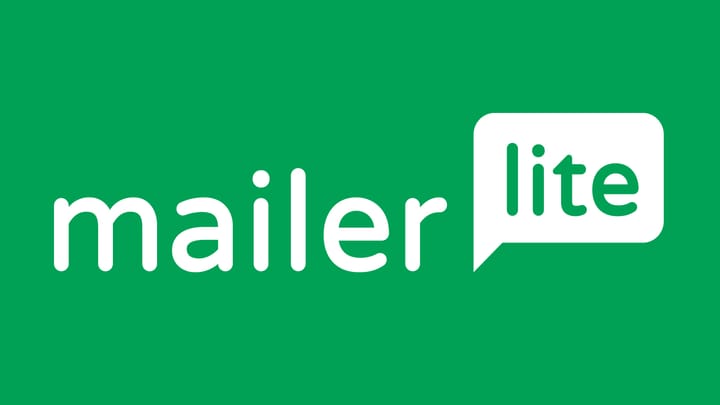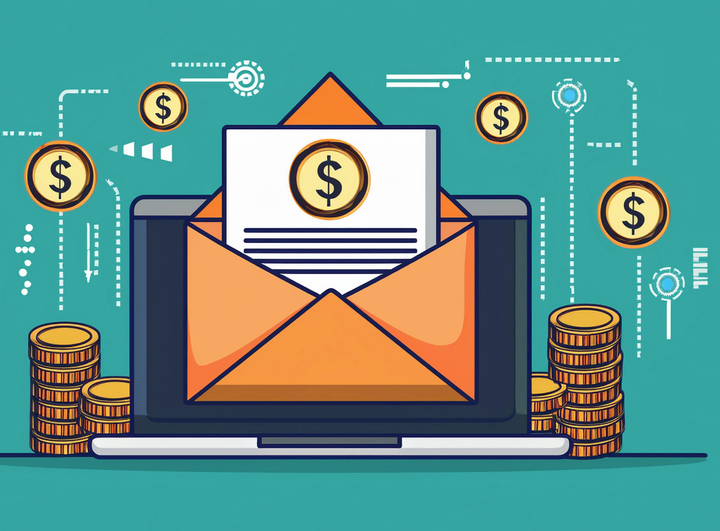The Power of Transactional Emails - Enhancing Customer Engagement and Retention

Email continues to reign supreme in the ever-evolving digital landscape, where businesses have access to many communication channels and technologies. According to WordStream, over 86% of business professionals prefer email communication over social media, instant messaging, and other channels.
However, when most people think of business emails, they think about newsletters, product announcements, discount offers, or event invitations. And you can’t blame them. In a world where inboxes overflow with marketing emails, transaction emails don’t get the attention they deserve.
Transactional emails do much more than verify transactions, update delivery status, or remind clients of their appointments. These powerful tools can improve customer experience and increase revenue if you use them properly.
In this post, we’ll provide a quick guide to transactional emails and how you can use them to enhance customer engagement and retention.
What are Transactional Emails?
Transactional emails are essential messages businesses send to individual recipients who take a specific action, like completing a purchase, securing their accounts through a password manager, or registering for an online service. User requests trigger these emails and send them automatically from different platforms.
Types of Transactional Emails
Here are the most popular types of transactional emails businesses send to their customers or users:
- Order confirmations
- Invoice
- Shipping confirmations
- Email verification
- Subscription or Opt-in
- Password reset
- Appointment reminders
- Payment reminders
- Login alerts
- Account notifications, etc.
Transaction Emails vs. Marketing Emails – Key Differences
Below are the key differences between a transactional email and a marketing email:
1. Purpose and Content
Transactional emails contain content relevant to business transactions or interactions. Conversely, marketing emails are promotional and designed to engage prospects or customers with promotional content to generate sales, leads, or brand awareness.
2. Consent and Opt-Out
Unlike marketing emails, transactional emails don’t require explicit consent or an option to opt-out as per email marketing regulations like GDPR in Europe or CAN-SPAM in the United States.
3. Frequency and Recipient Expectations
Specific user actions trigger transactional emails. Hence, their frequency is limited accordingly. For instance, a person shopping from an online store receives a transaction alert from their bank following their purchase. Conversely, marketing emails are sent more regularly. However, the frequency varies from company to company.
Transactional Emails – The Silent Workhorses of Customer Engagement and Retention
As a business owner or marketer, you probably wonder, “Why should I care about these seemingly mundane emails?” The answer to this question lies in two words – open rate. According to a Flodesk report, transactional emails boat a mind-blowing average open rate of 82.9%. In contrast, marketers believe anywhere between 17-28% is a good open rate for promotional emails.
The reason behind this significant difference is customer expectations. Recipients expect transactional emails and find them relevant to their actions when interacting with a business. Here’s how these informational emails can increase engagement, satisfaction, and retention:
1. Instant Gratification
When a customer receives an email for their order or transaction, it provides instant gratification. It serves them with instant feedback, informing them their request was successful. According to Statista, 82% of modern customers expect to receive a confirmation email after buying something online or offline. Hence, meeting this expectation helps businesses foster a positive experience and prompts customers to return for more.
2. Trust Building
Most consumers inherently trust transactional emails, especially those from places or sites they usually shop from or services they use. Hence, when they see emails from these providers in their inboxes, they don’t perceive them as spam. This high level of trust results in significantly higher click-through rates, often surpassing 20%, as reported by Epsilon.
Customer Engagement and Retention Strategies Using Transactional Emails
If you’re intrigued by the prospect of unlocking the true potential of transactional emails, here are three strategies you can use to increase engagement and retention:
1. Personalization
Personalized transactional emails are a game-changer in the industry. They serve the same purpose as traditional notifications and alerts. However, they usually go beyond addressing recipients by name to create a unique and relevant experience for each individual. For instance, you can use merge tags and conditional statements to include tailored content and recipient-specific information.
Additionally, categorize recipients into distinct groups using customer segmentation factors like location, demographics (age, gender, etc.), psychographics (social class, personality, etc.), and behavior (purchase history, number of visits, etc.).
2. Data Analytics
Data analytics is crucial for optimizing transactional emails. So, leverage email marketing platforms to examine performance metrics like open, conversion, and click-through rates. With these metrics, you can perform A/B testing and experiment using elements like subject lines, content, and CTAs to make data-driven decisions about what works best for your recipients.
3. Upselling Using Transactional Emails
One of the simplest and most effective ways to increase engagement and retention using transactional emails is by disguising notifications, alerts, and other messages with upselling opportunities or product/service recommendations. An Experian study claims transactional emails with promotional content generate 20% more revenue than simple transactional emails.
A great example of this is Amazon. The company uses cross-selling and upselling in its transactional emails to generate 35% more revenue through retention. You can employ the same strategy for your business using:
- Reorder Reminders
If you’re in the business of consumable products, remind customers to reorder when their supply is likely running low. This not only keeps customers engaged but also encourages repeat purchases. You can also recommend new or alternative products.
- Subscription Renewals
Transactional emails can do more than serve as friendly reminders for renewals if your service involves subscriptions. They can also allow you to include upgrades or other service offers in your emails to maintain or increase your revenue stream.
- Exclusive Offers
Many businesses send transactional emails in the form of payment receipts. You can include exclusive offers, discounts, or promo codes to entice shoppers or users to purchase again while confirming their current orders.
Final Word
Transactional emails are the unsung heroes of email communication. Hence, realizing and unlocking their potential can help you improve customer engagement and retention to maximize sales and revenue.
However, you need a powerful email marketing software or service like SendGrid with essential features like customization, automation, analytics, and API integration. These features will be your key to elevating the impact of your transactional emails on your business’s growth and success.



